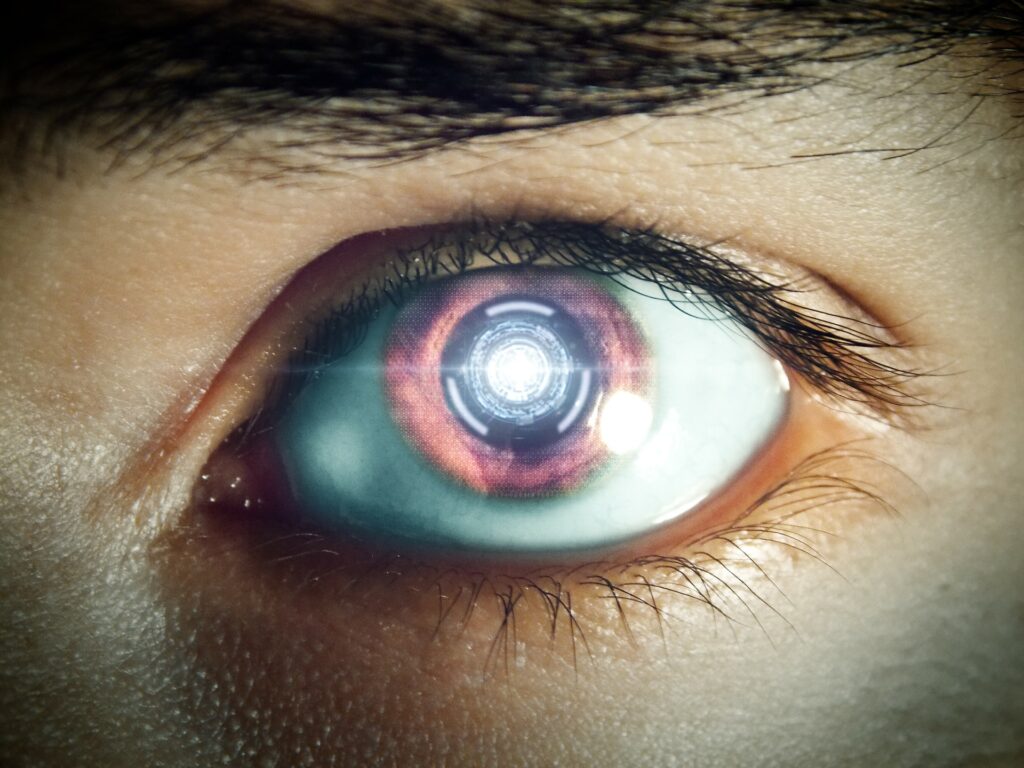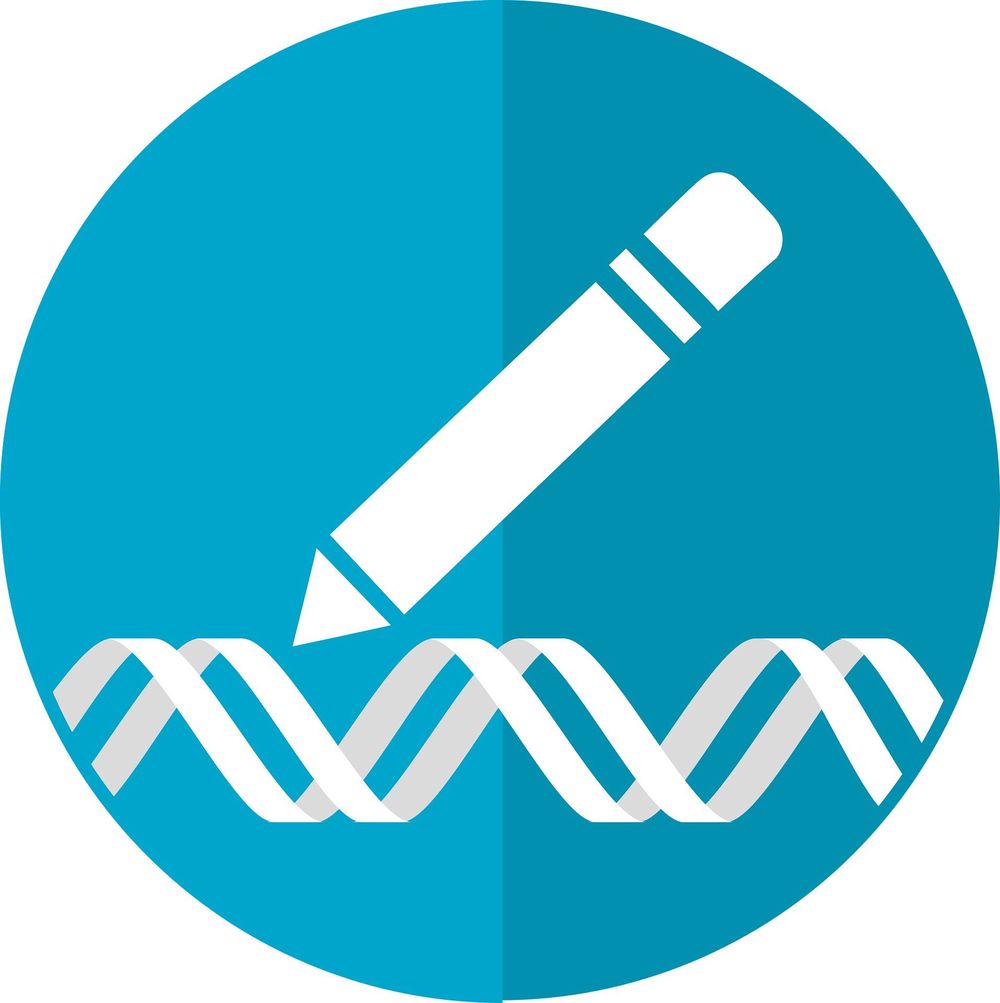Page 8810
May 17, 2019
CRISPR catches out critical cancer changes
Posted by Paul Battista in categories: biotech/medical, neuroscience
In the first large-scale analysis of cancer gene fusions, which result from the merging of two previously separate genes, researchers at the Wellcome Sanger Institute, EMBL-EBI, Open Targets, GSK and their collaborators have used CRISPR to uncover which gene fusions are critical for the growth of cancer cells. The team also identified a new gene fusion that presents a novel drug target for multiple cancers, including brain and ovarian cancers.
The results, published today (16 May) in Nature Communications, give more certainty for the use of specific gene fusions to diagnose and guide the treatment of patients. Researchers suggest existing drugs could be repurposed to treat some people with pancreatic, breast and lung cancers, based on the gene fusions found in their tumours.
Gene fusions, caused by the abnormal joining of two otherwise different genes, play an important role in the development of cancer. They are currently used as diagnostic tools to predict how particular cancer patients will respond to drugs, as well as prognostics, to estimate the outcome for a patient given the best possible care. They are also the targets of some of the latest targeted treatments for cancer.
Continue reading “CRISPR catches out critical cancer changes” »
May 17, 2019
Robert Zubrin Makes a Strong Case for Space Development
Posted by Klaus Baldauf in categories: biotech/medical, economics, engineering, space
Greg Autry reviews Robert Zubrin’s new book, The Case for Space. The good doctor knows a lot more than just Mars. The book envisions a bright future for humanity in the solar system and beyond, backed by scientific, engineering and economic analysis from the expert who brought us the Case for Mars.
May 17, 2019
Fembots vs. HAL: Who are the people of AI?
Posted by Alexandra Whittington in category: robotics/AI
From Watson to Sophia, who are the artificially intelligent robot personas of today, and what can they tell us about our future?

Siri. Alexa. Cortana. These familiar names are the modern-day Girl Fridays making everyone’s life easier. These virtual assistants powered by artificial intelligence (AI) bring to life the digital tools of the information age. One of the subtle strategies designers use to make it easier for us to integrate AI into our lives is “anthropomorphism” - the attribution of human-like traits to non-human objects. However, the rise of AI with distinct personalities, voices, and physical forms is not as benign as it might seem. As futurists who are interested in the impacts of technology on society, we wonder what role human-like technologies play in achieving human-centred futures.
For example, do anthropomorphized machines enable a future wherein humanity can thrive? Or, do human-like AIs foreshadow a darker prognosis, particularly in relation to gender roles and work? This article looks at a continuum of human-like personas that give a face to AI technology. We ask: what does it mean for our collective future that technology is increasingly human-like and gendered? And, what does it tell us about our capacity to create a very human future?
The Women of AI
Continue reading “Fembots vs. HAL: Who are the people of AI?” »
May 17, 2019
Laptops to get maglev keyboards that reduce their thickness
Posted by Quinn Sena in category: computing
Magnetic levitation keyboards have been around for a while, but they’ve never really taken off, or floated our boats, or attracted much atten… Anyway, a Taiwanese manufacturer called Darfon is persevering with the idea, and it’s discovered that maglev keys, which rest on opposing magnets instead of mushy membranes or mechanical switches, can make laptop keyboards significantly thinner. Unfortunately, according to a CNET journalist who played with a couple of prototypes at Computex, the keys can be hard to type on if skinniness is taken to the extreme. Then again, there’s scope to change the resistance of the keyboard electronically to suit your preference, and Darfon claims it has already received orders from laptop makers who are targeting launches later this year. If that’s true, perhaps the technology isn’t so repellant after all.
[Image credit: Aloysius Low / CNET].
May 17, 2019
Gene discovered that keeps redheads looking younger for longer
Posted by Quinn Sena in category: futurism
Researchers at Erasmus University in Rotterdam studied the faces of almost 2,700 elderly Dutch Europeans, and found that those carrying a variation of the MC1R gene (most prevalent in redheaded people) looked on average two years younger than they actually are.
May 17, 2019
Quantum Tunneling is Near Instantaneous, Experiments Show
Posted by Quinn Sena in categories: particle physics, quantum physics
Tunneling, a key feature of quantum mechanics, is when a particle that encounters a seemingly insurmountable barrier passes through it, ending up on the other side. A series of experiments carried out by physicists from Griffith University, Lanzhou University, the Australian National University, Drake University and Korea’s Institute for Basic Science has definitively determined the tunneling delay, which is also the time it takes for an electron to get out or ionize from a hydrogen atom.
May 17, 2019
Scientists just teleported a quantum gate for the first time
Posted by Quinn Sena in categories: computing, quantum physics
May 17, 2019
Out of a Magic Math Function, One Solution to Rule Them All
Posted by Quinn Sena in category: mathematics
Mathematicians used “magic functions” to prove that two highly symmetric lattices solve a myriad of problems in eight- and 24-dimensional space.
May 17, 2019
Physicists Think You Could Be Rescued from a Black Hole — But Don’t Risk It
Posted by Quinn Sena in categories: cosmology, quantum physics
DENVER — Researchers have developed a new, unspeakably dangerous, and incredibly slow method of crossing the universe. It involves wormholes linking special black holes that probably don’t exist. And it might explain what’s really going on when physicists quantum-teleport information from one point to another — from the perspective of the teleported bit of information.
Daniel Jafferis, a Harvard University physicist, described the proposed method at a talk April 13 here at a meeting of the American Physical Society. This method, he told his assembled colleagues, involves two black holes that are entangled so that they are connected across space and time.

















